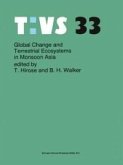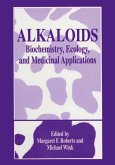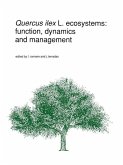Allelochemicals play a great role in managed and natural ecosystems. Apart from plant growth, allelochemicals also may influence nutrient dynamics, mycorrhizae, soil chemical characteristics, and microbial ecology. Synergistic action of various factors may better explain plant growth and distribution in natural systems. The book emphasizes the role of allelochemicals in shaping the structure of plant communities in a broader ecological perspective. The book addresses the following questions: (1) How do allelochemicals influence different components of the ecosystem in terms of shaping community structure? (2) Why is it difficult to demonstrate interference by allelochemicals (i.e., allelopathy) in a natural system in its entirety? Despite a large amount of existing literature on allelopathy, why are ecologists still skeptical about the existence of allelopathy in nature? (3) Why are there only scarce data on aquatic ecosystems? (4) What role do allelochemicals play in microbial ecology?.....
Dieser Download kann aus rechtlichen Gründen nur mit Rechnungsadresse in A, B, BG, CY, CZ, D, DK, EW, E, FIN, F, GR, HR, H, IRL, I, LT, L, LR, M, NL, PL, P, R, S, SLO, SK ausgeliefert werden.









